价格符号怎么用英语表示
In written English, there are several ways to indicate the price of a product or service. The most common ways are to use the dollar sign ($), pound sign (£), euro sign (€), or yen sign (¥) followed by the numerical value.
For example, $10.99, £7.99, €4.99, or ¥100.
In some cases, the currency name may be spelled out instead of using the symbol. For instance, 'ten dollars' or 'seven pounds and ninety-nine pence.'
When writing about prices, it's important to be consistent with the currency symbol or name used throughout the text. Additionally, it's helpful to clarify whether the price includes tax or not, especially when dealing with international audiences.
When writing about prices in a list or table, it's common to use the currency symbol or name once at the top of the list or table to indicate the currency being used.
For example:
| Item | Price |
|------|-------|
| T-shirt | $19.99 |
| Hoodie | $39.99 |
| Backpack | $59.99 |
In informal contexts, it's also common to use abbreviations such as 'bucks' for dollars or 'quid' for pounds.
http://jsq.easiu.com/common/images/giKpyITM9K_2.jpg
Overall, using clear and consistent pricing symbols and conventions is essential for effective communication in written English.
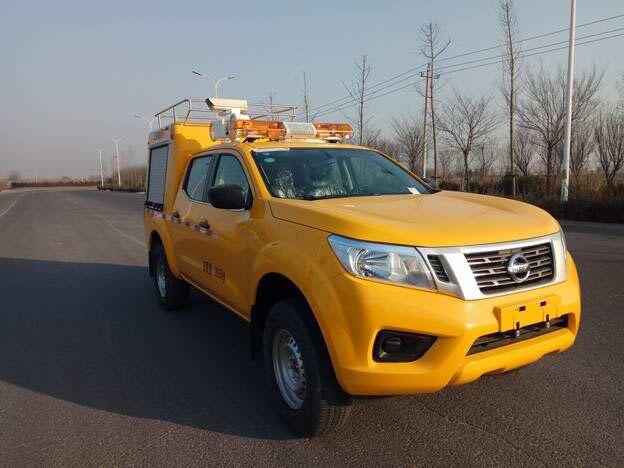
洗衣机负荷多大功率

维修微电脑板冰箱

格力空调开机后主机不启动
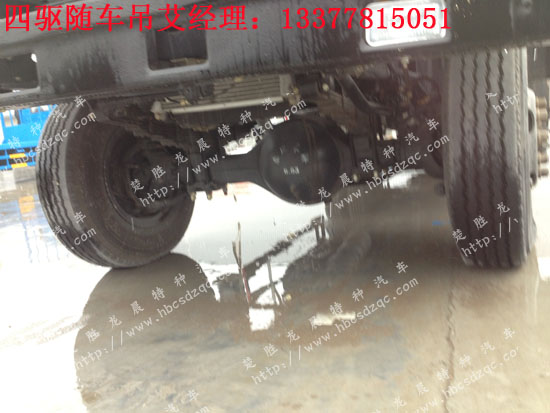
空调细管发热不凉

空调内机结冰的原理

上海松下srcy系列电饭煲维修
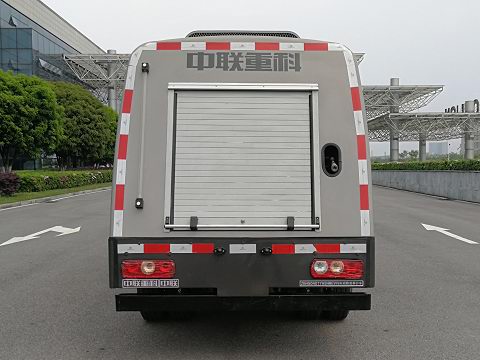
电视机每行中心偏移
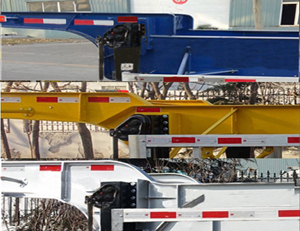
无氟空调制冷慢

小天鹅半自动洗衣机脱水桶抖动

康佳mst721主板灯亮不开机

松下六碟dvd机芯

南京海尔冰箱售后服务

格力空调室内传感器

海尔空调强制启动设置方法

洗衣机 排水口
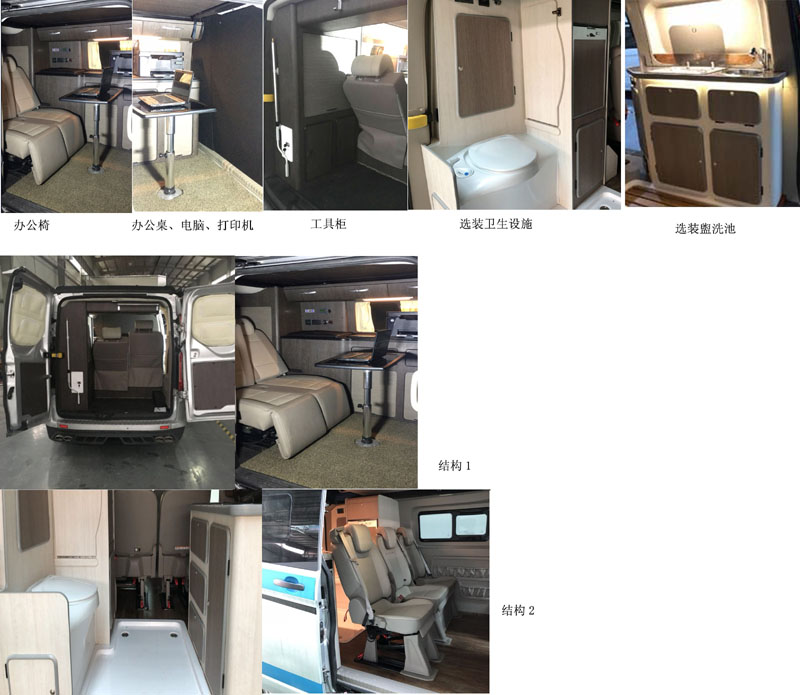
海信双模村村通
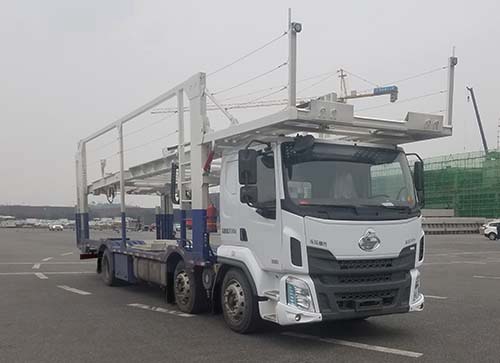
格力内机主板更换
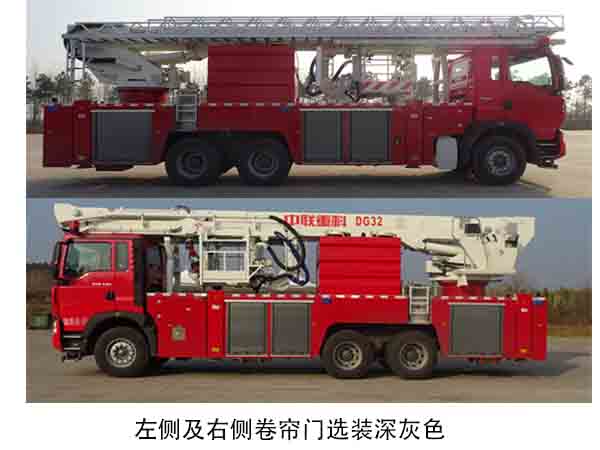
空调故障代码速查大全

更换空调通用电控
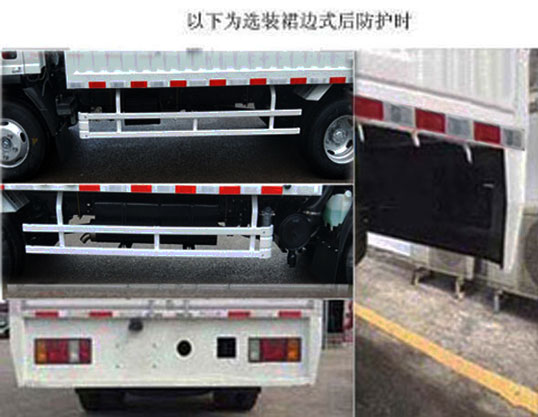
杭州樱花热水器售后维修点